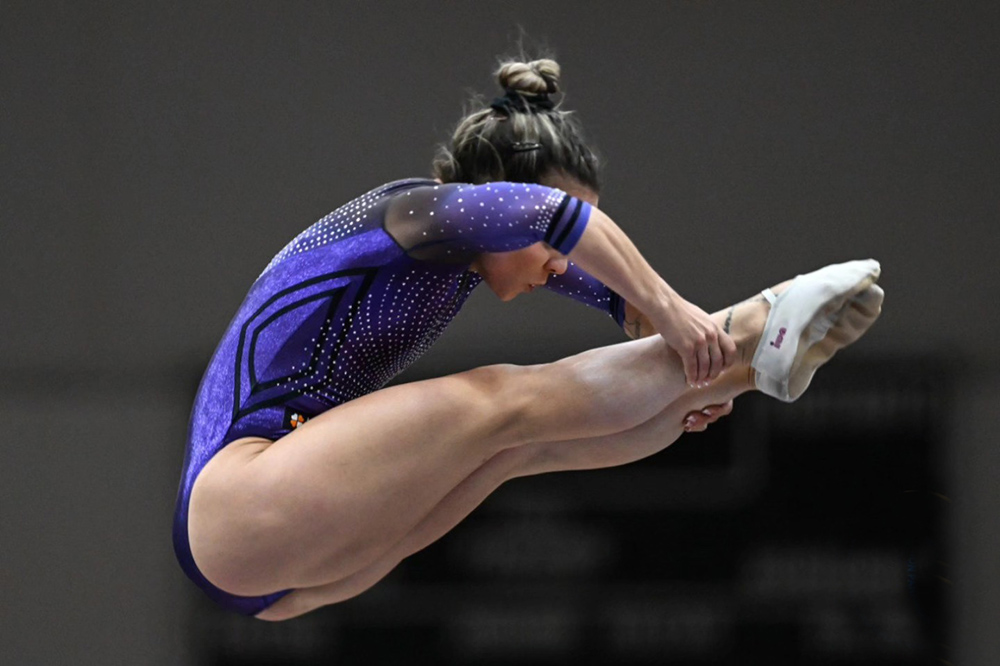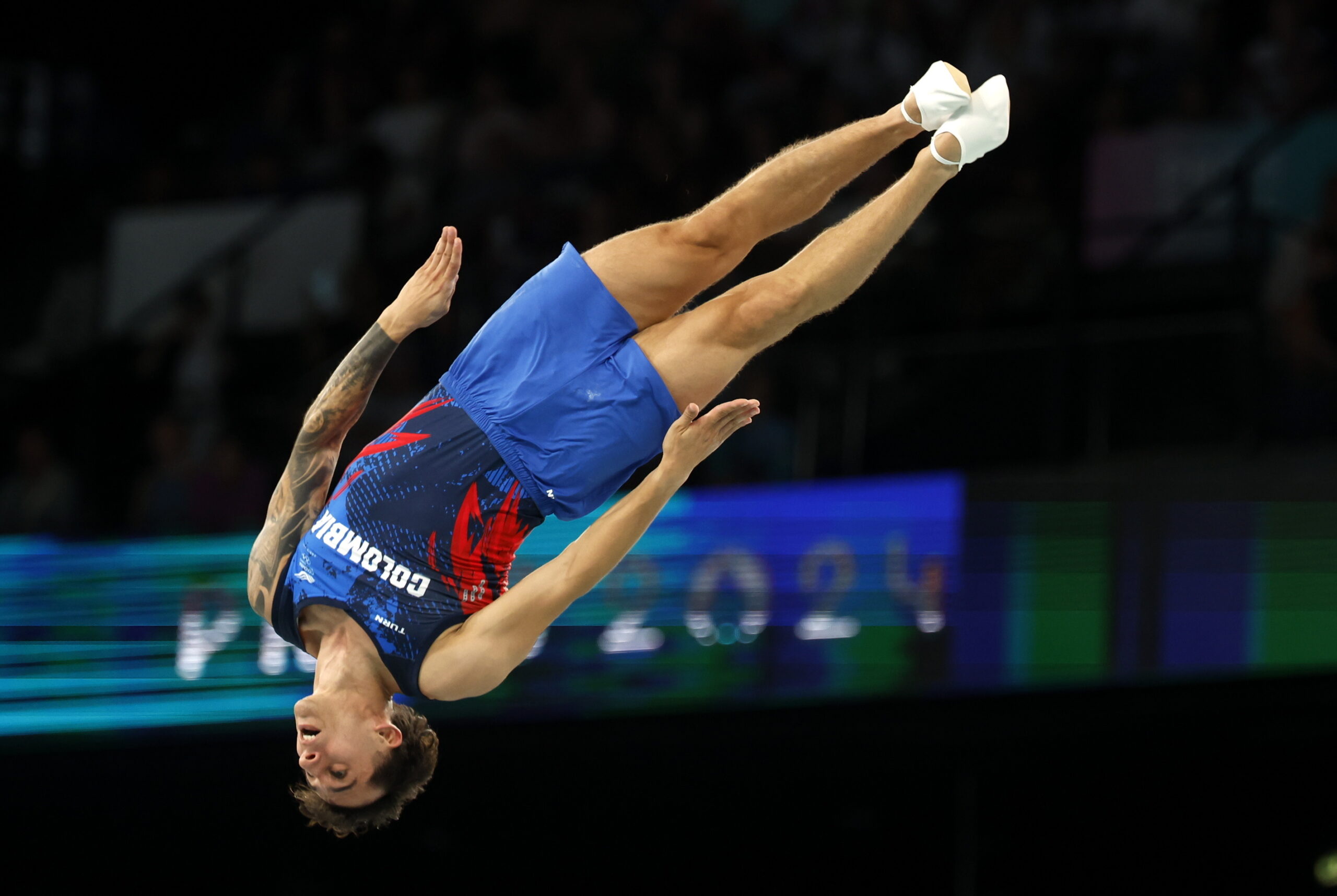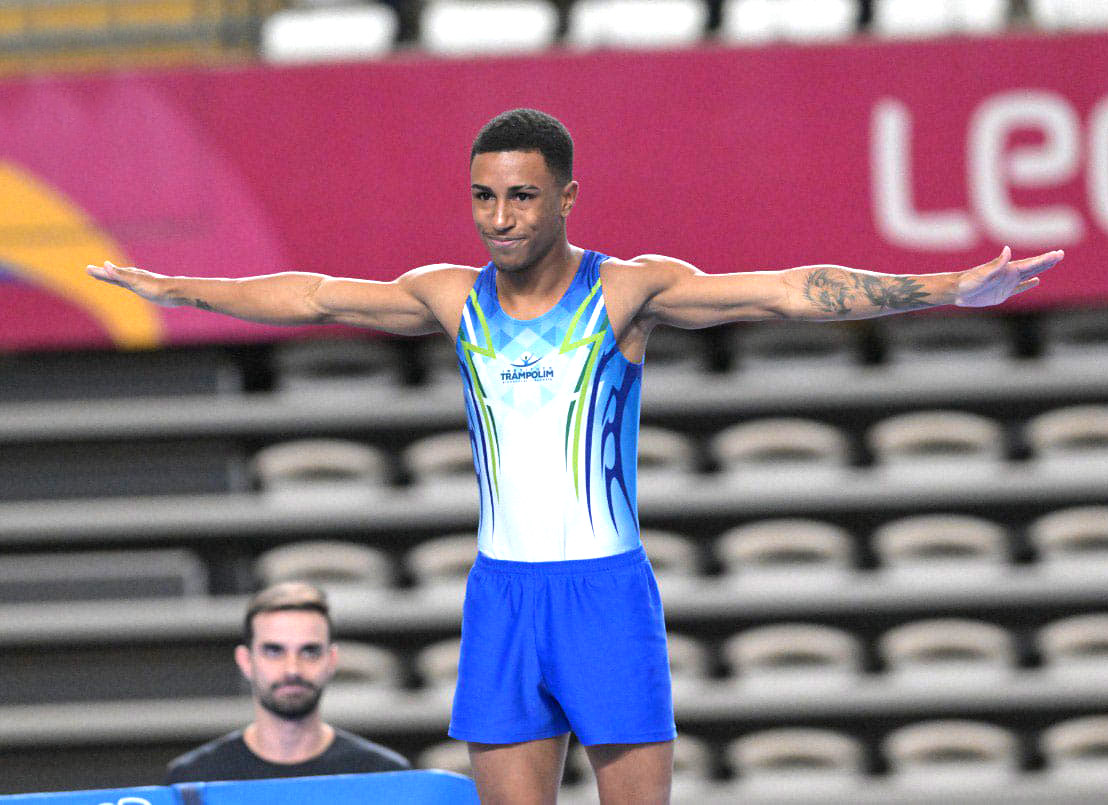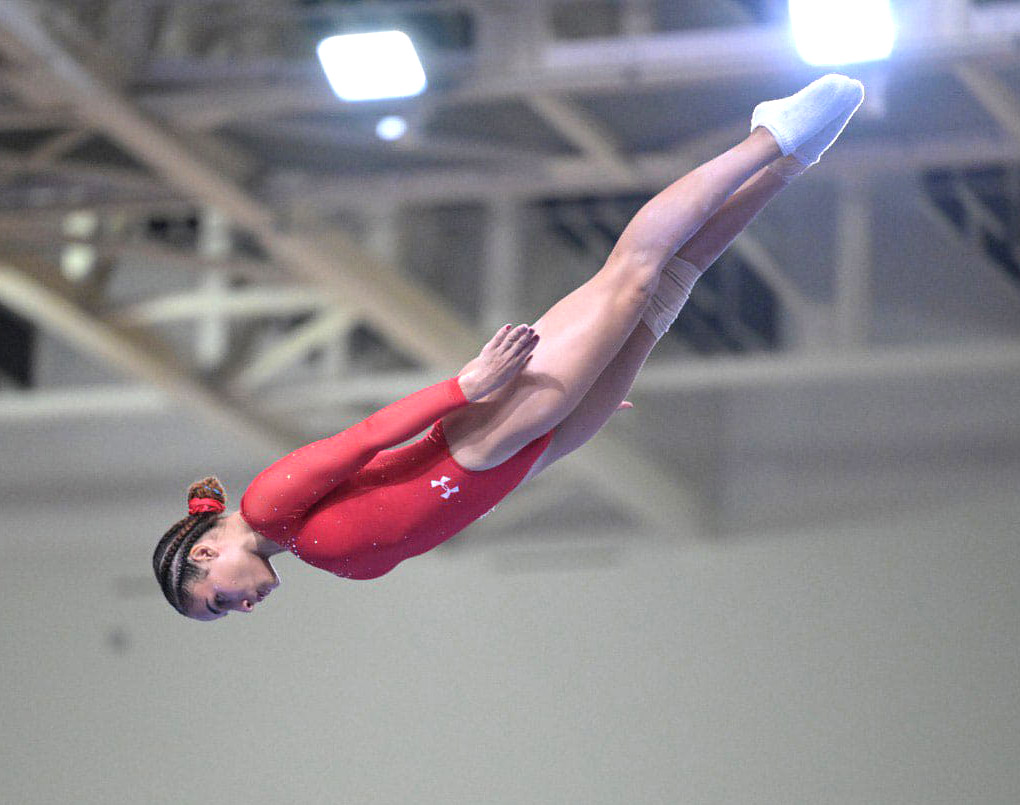Trampoline
In Trampoline competitions, two routines are presented in the Qualifying round. During the World Championships, an additional routine must be performed in the second qualifying round (singles only).
In the Finals and Team Finals there is only one routine that will determine the results.
The routines are composed of 10 elements. Two free routines, equal or different, are performed in the qualifying round and the best one performed is taken into account to move on to the next round.
Double mini-trampoline
Two passes are presented in the Qualifying Phase and two in the Individual Finals. In the Team Final, only one pass is presented.
Each pass consists of 2 elements, one input and one output.
Tumbling
In Tumbling competitions there are two passes (acrobatic lines) in the Qualifying phase and two in the Individual Final. Each pass must have 8 elements that cannot be repeated in any of the two passes and must conclude with a somersault.
The Team Final features a single pass.







